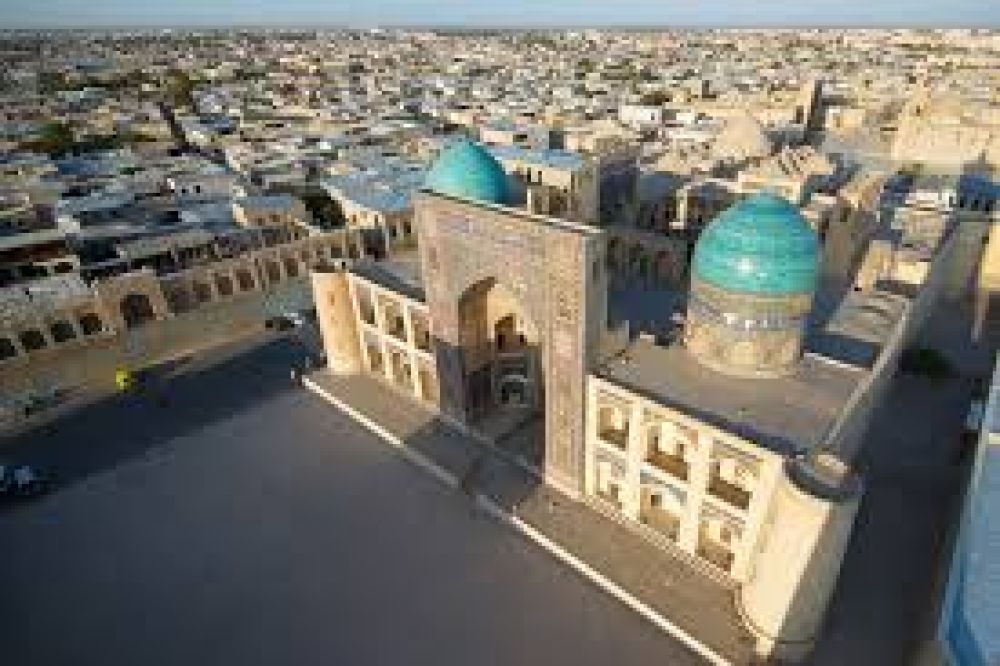

Miri-Arab Madrasah stands as a historical jewel in the ancient city of Bukhara, Uzbekistan. A place of profound historical significance and architectural grandeur, the madrasah has attracted scholars, travelers, and tourists for centuries. Founded in the 16th century by Sheikh Abdullah Yamani of Yemen, also known as Mir-i Arab, the madrasah became a center for religious education and spiritual reflection.
The madrasah's construction was financially supported by Ubaydullah Khan, the ruler of the Bukhara Khanate, as a tribute to the spiritual advisor Mir-i Arab, who played a key role in the Khan's conversion to Islam. The institution thrived as a beacon of Islamic learning and culture throughout the centuries, even surviving the Soviet era when many religious institutions faced closure.
The Miri-Arab Madrasah is famed for its exquisite architecture, a resplendent example of Islamic design. It features two towering minarets and a façade bedecked with intricate mosaic and tile work which have become emblematic of Bukhara's rich architectural heritage. The madrasah's inner courtyard and ornate dormitory cells reflect an era when the city was a crossroads for scholars and theologians.
In the post-Soviet era, with the revival of religious practices and increased global interest in Silk Road history, Miri-Arab Madrasah has witnessed a surge in tourism. It became part of the historic center of Bukhara, which is a UNESCO World Heritage Site. Visitors flock to the madrasah not only for its historical and religious significance but also to appreciate the remarkable craftsmanship that has stood the test of time.
In recent years, Bukhara has seen a noticeable trend towards more sustainable and culturally immersive tourism. Tour operators now offer guided tours that focus not just on the madrasah, but also on the various aspects of local life, cuisine, and artisan crafts. Increasingly, accommodations such as traditional guesthouses and boutique hotels provide authentic Uzbek experiences.
Digitization and Virtual Tourism have also started influencing travelers' experiences. Virtual tours and augmented reality applications are enabling those who cannot visit in person to explore the Miri-Arab Madrasah and other historical sites of Bukhara.
Moreover, Bukhara's tourism infrastructure continuously improves, advocating for better visitor facilities, thus ensuring a comfortable and enriching experience for international and domestic visitors alike.
The city often hosts cultural festivals that celebrate Uzbek heritage, music, and dance, providing an additional attraction for tourists and helping to preserve and disseminate traditional practices. Visitors to the Miri-Arab Madrasah and Bukhara leave with a deeper understanding of Central Asian culture and history.
The profound educational legacy and the timeless allure of Miri-Arab Madrasah continue to secure its position as a cornerstone of Uzbekistan's tourism, allowing visitors to peer through a window into the illustrious past of one of the Silk Road's most remarkable cities.